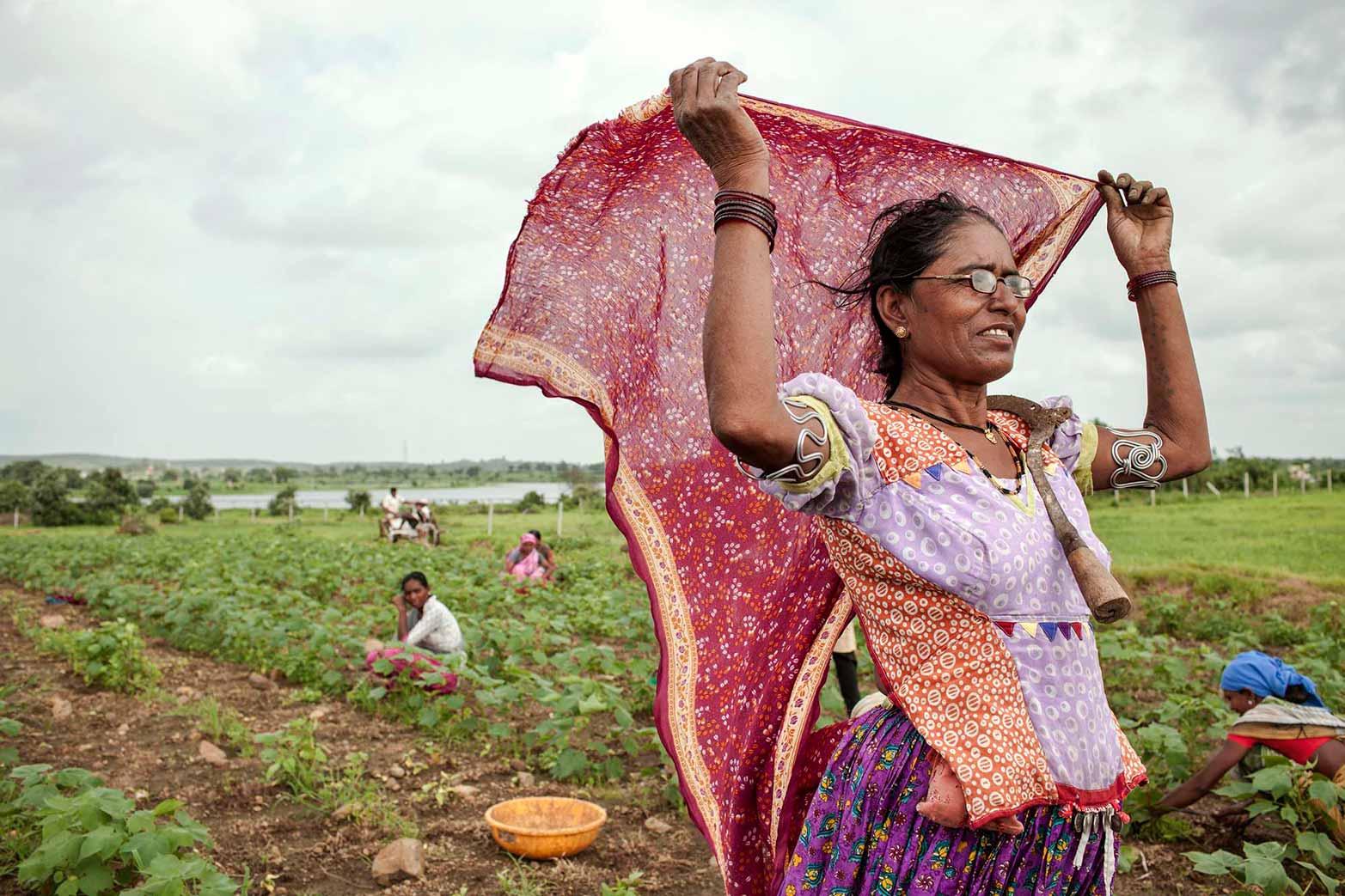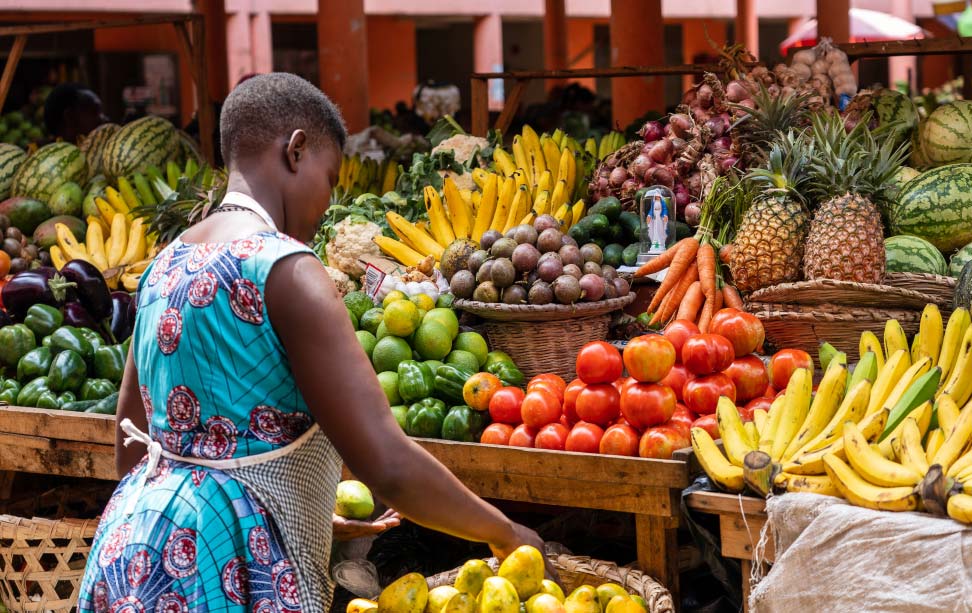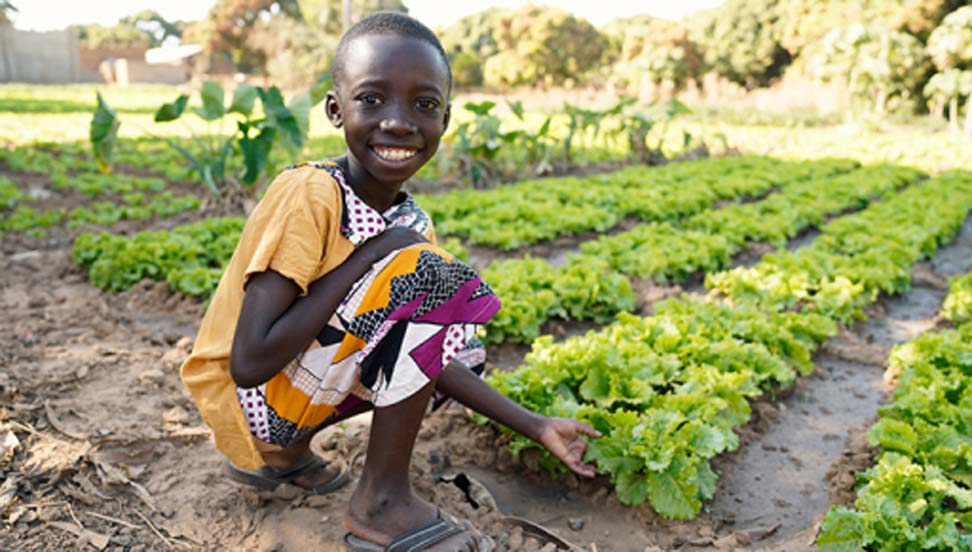IFPRI West and Central Africa Office and the Poverty, Health and Nutrition Division (PHND) will be hosting a policy seminar on Integrated Cash Transfer Programs in West Africa to provide evidence on the impacts of integrated programs implemented in West Africa and discuss program design and policy options to make them more nutrition-sensitive.
The use of cash transfers (CT) to tackle poverty is increasing in Africa south of the Sahara, with almost all countries having at least one CT program (Beegle et al 2018). Recent studies have shown that CT programs in Africa south of the Sahara can reduce poverty and food insecurity, build resilience, and provide opportunities to poor households (Beegle et al 2018). However, impacts on child health and nutritional status are generally limited. Consequently, policymakers and governments are left with the question of how to design CT programs to achieve greater impact on children’s diet quality, health, and nutritional status.



